Most Common Pests In Cannabis: Thrips
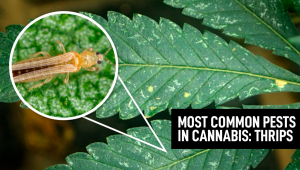
- 1. What are thrips?
- 2. What do thrips look like?
- 3. Where are they found?
- 4. What do thrips do?
- 5. Thrips symptoms
- 6. How to prevent them
- 7. How to deal with them?
- 8. Other common pests that can affect cannabis crops
- 9. In conclusion
Thrips are small long bugs that attack all kinds of plants. In cannabis, thrips reproduce in the tissue of the plants and also feed on the sap, leaving white shiny spots on the leaves that can end up killing your cannabis seeds.
1. What Are Thrips?
Thrips (also known as tobacco thrips) are tiny elongated insects that feed on the liquid inside cannabis plants, they can be found all over the world and attack almost all plants, not only cannabis. They’re a big worry for growers because they carry viruses that can be transmitted to plants.
2. What Do thrips Look Like?
Thrips are 0.6mm long when in the early stages and can reach up to 1.5mm when adults. Adults can also grow wings and antennae. Their color can also change, depending on where you live and in which stage of their life cycle they’re in.
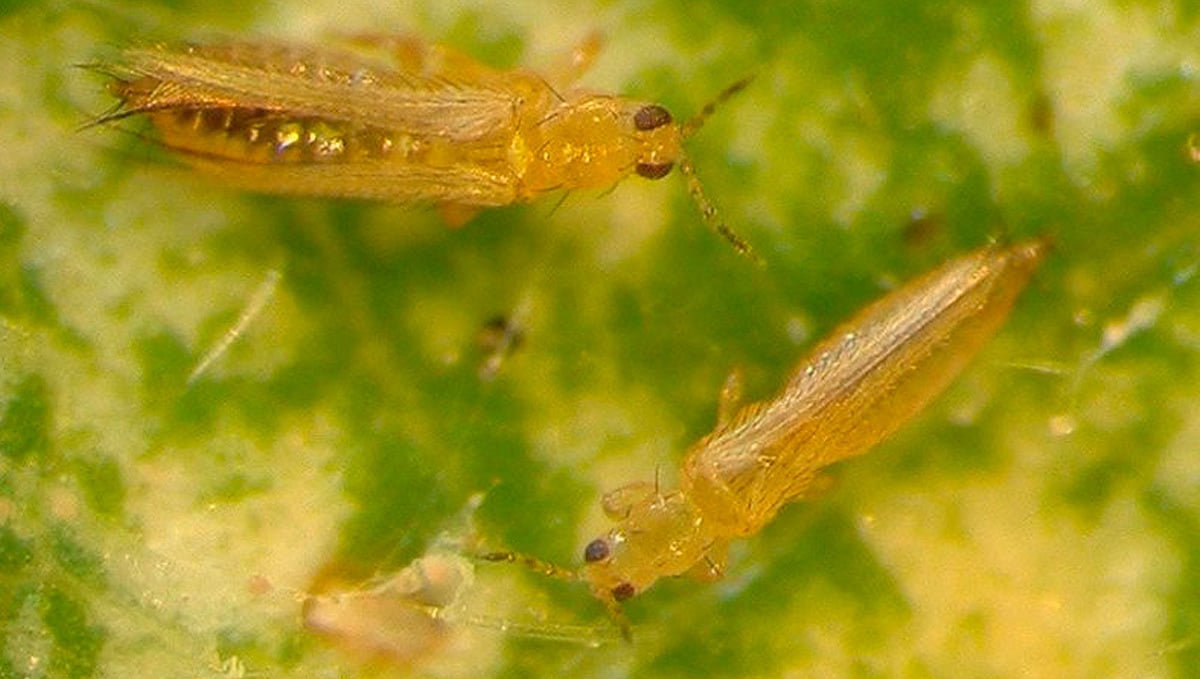
They can be white or yellowish when young and will change into a darker color, turning brown or black as they grow. It actually is kinda hard of to spot them unless they’re adults, at this stage, you will be able to see them walking on your cannabis.
3. Where Are They Found?
Thrips on cannabis plants will try to hide anywhere they can, especially under the fan leaves, crevices and anywhere they get cover from direct sunlight and from you. It can be hard to spot the actual thrips but before they become adults you will clearly see symptoms all over your plant.
4. What Do Thrips Do?
Cannabis thrips use their tiny mouths to puncture the cannabis plant in different spots, this allows them to suck out the liquid. This will cause the leaves to start yellowing and with time they’ll be completely brown and dried up, although this is not a huge deal (if dealt with early).

Thrips can carry viruses that affect cannabis plants. Considering they puncture the plant multiple times, your plant can easily get infected, get sick, and die. On top of this, thrips reproduce in the tissue of the stems, leaves, or flowers, damaging every part of your cannabis plant, including the precious flowers.
5. Thrips Symptoms
When your plant gets attacked by thrips, you’ll start to see small black dots on the leaves and stems, these are their excrements and not thrip damage.
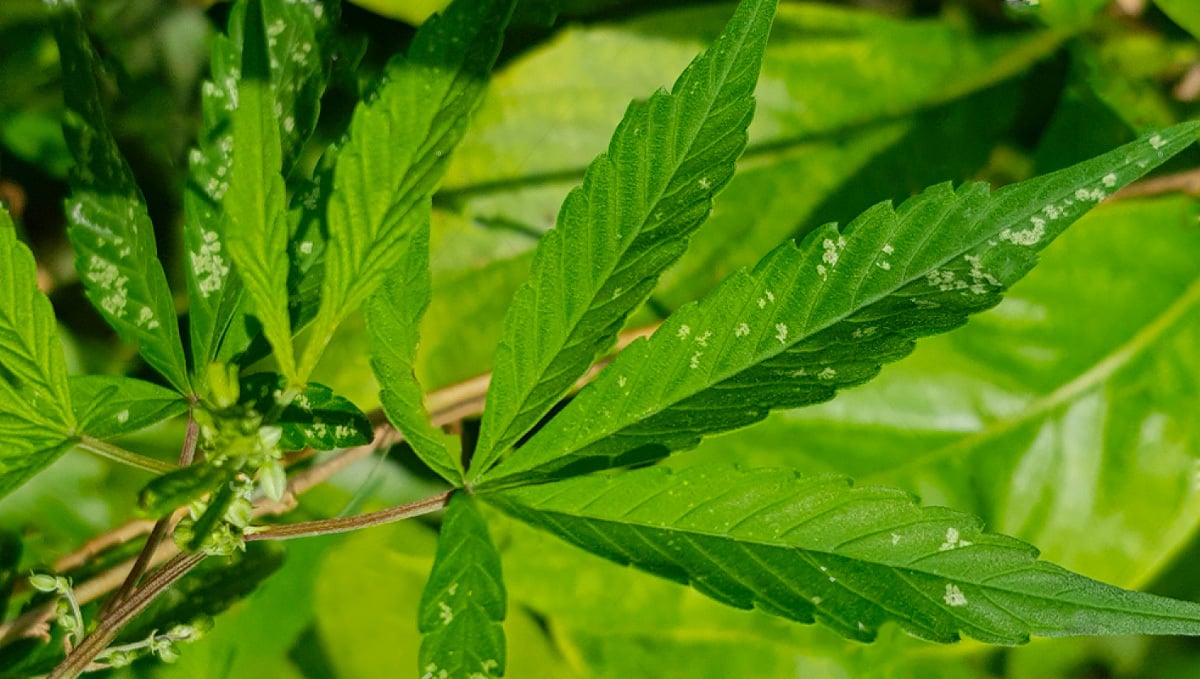
You’ll also start to see silver or bronzes spots all over your cannabis plant which is where they are feeding, this is a sign of the leaves starting to dry out, after some time, they will be completely dry and will brown and become extremely brittle. That’s why it’s essential to deal with thrips as soon as you see the first signs of thrip damage or thrips on marijuana plants.
6. How To Prevent Them
The best way to prevent thrips on weed and thrip damage is to disinfect your growing space after each cycle and renewing the soil in case you have them in your soil. A good way to prevent them is to use yellow or blue sticky cards in your grow room, thrips are attracted to them and will get stuck and die before they can reproduce.
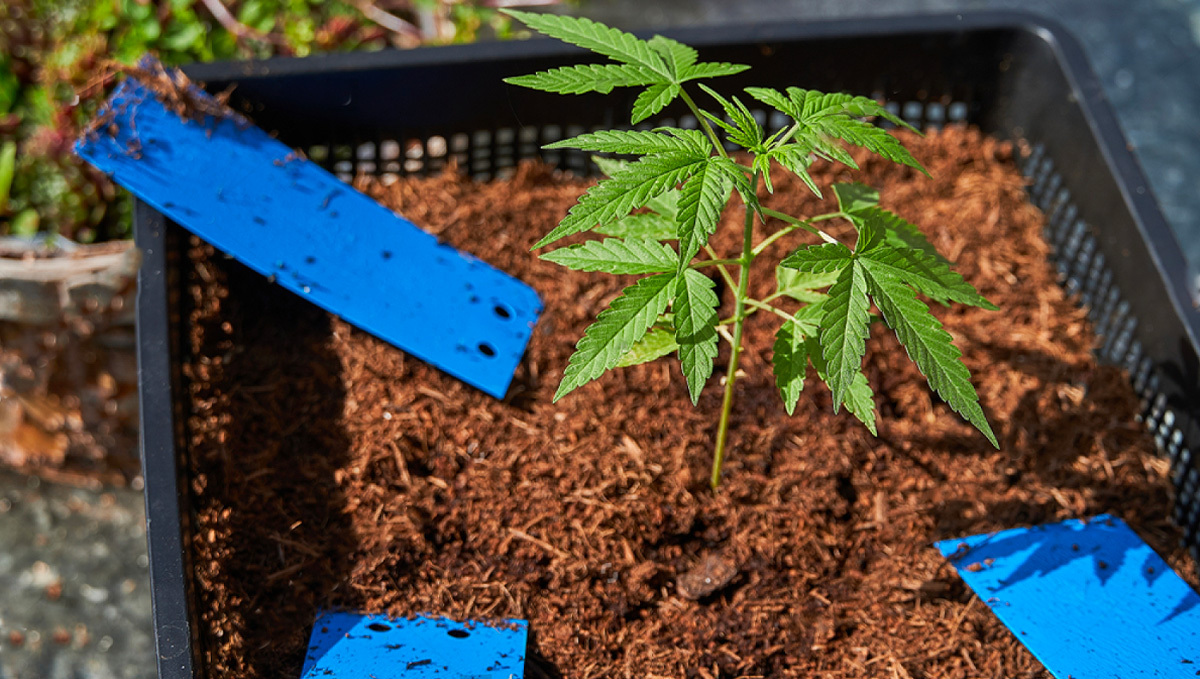
Another good tip is to avoid overwatering and overfeeding, especially nitrogen, which these bugs love.
7. How To Deal With Them?
As with all other bugs and pests, thrips on weed plants can be dealt with:
- Neem Oil
- Some insecticidal soaps and;
- Any organic insecticides.
Apart from store-bought products, you can also mix of 90% water and 10% alcohol. If you’re dealing with a grave thrip infection, here are a couple of stronger chemical products you can use in marijuana thrips treatment.
Alternatives For Thrip Treatment
| Main Chemical Compound | How to apply |
|---|---|
| Rotenone | 10 ml per liter of water |
| Pyrethrins | 20 ml per liter of water |
| Potassium Soap | 15 ml per liter of water |
As usual, follow the instructions on the product you're using, and always make sure you start applying the organic insecticides before you move on to the stronger products. This way you avoid damaging or shocking your cannabis plant.
If you identify thrip damage in one of your cannabis plants, it’s better to remove it from the grow room to prevent infecting the rest of the plants.
There are a few other options for dealing with thrips. These include:
Insecticidal soap
Fatty acid salts or insecticidal soaps are a great option when combatting a thrip infestation. They work by softening the hard outer shell. This causes the insect to degrade and eventually die and makes them more susceptible to other treatments such as Diatomaceous Earth.
Diatomaceous Earth
Diatomaceous Earth comes in two grades and is the remanents of fossilized shells that are safe for humans to touch but are sharp and pointy at the microscopic level. This sharpness causes rips and tears in the outer shell of insects and can be placed around the base of each and every cannabis plant in your crop. It can also be spread at doorway and window entry points, at the opening of your grow tent or greenhouse, and can help in reducing the number of thrips in just a few days.
Neem Oil
Neem oil comes from the pressed fruit of the Need tree, which is indigenous to the Indian sub-continent. This works as a great preventative tool, but can also help cut the number of thrips once an infestation has been identified. Mix up a combination of 500mls of water, a tablespoon or so of Neem oil, and a few drops of insecticidal soap in a pressure sprayer and cover the whole plant (although don't touch budding sites if the plants have already started to flower). This can be done from the first week of the vegetative cycle all the way up to the last 2 weeks of flower.
Pyrethrins
This should be used as a last resort, as they are extremely harmful to the bee population. While they do break down quickly over just a few days they should still be used only after all forms of prevention have been used.
Spinosad Products
This is an organic treatment option and made from the fermentation of one certain soil bacteria (actinomycete Saccharopolyspora Spinosa). It kills the thrips after they ingest it, and can be applied through a foliar spray or through the feed water. Spinosad products have a half-life of about 24 hours once mixed with water, so only mix up as much as you need for that day otherwise it will go to waste.
8. Other Common Pests That Can Affect Cannabis Crops
Thrips are one of the more common pests, and a big nuisance once they come knocking. But they are far from the only unwanted nasties that can turn up uninvited. The list of pests that can (and most likely will) affect your cannabis garden at some point is pretty long, although along with thrips there are just a few that are super commonly a problem.
Spider Mites
Spider mites create tiny webs and feed on the plant’s sap and live on the underside of the fan leaves (for the most part). They’re very small, so you might not even notice them until it's too late. Signs of an infestation include yellow spots on the leaves and a dusty look caused by the webs. They only take 5 days to reach sexual maturity, and once they do they can overtake a crop unnervingly quickly.
Fungus Gnats
Fungus gnats are tiny black flies that live in soil and love to lay eggs in moist organic matter—like a cannabis root ball. They are attracted to bright light and can be seen flying around the plants, usually near the soil level. Fungus gnats will damage roots by eating away at them, so it’s important to get rid of them when you spot them. Organic soil pesticides are a great tool to combat fungus gnats. Diatomaceous earth can work wonders, as can neem oil.
Aphids
Aphids are one of the most common plant pests and can be found in every corner of the world. These small sap-sucking insects attack a variety of plants including cannabis. They cluster on leaves and stems where they puncture cells with their stylet mouthparts and suck out the plant moisture, leaving the poor thing limp, weak, and unable to fight off the infestation successfully without a helping hand. As for the less common pests, the list includes:
- Whiteflies / White fly
- Slugs
- Snails
- Spider Mites
- Stink Bugs
- Grasshoppers
- Leafhoppers
- Leaf Miners
- Caterpillars & Inchworms
- Crickets
- Mealybugs
- Planthoppers
So, how do you prevent infestations from taking hold before they begin? If you are growing indoors, the best way is to keep your grow environment clean and inspect your plants regularly. If you spot any of the pests mentioned above, act fast and treat them with an appropriate pesticidal product. Keeping a close eye on your crop will also help you catch infestations early before they become too much of a problem.
The job can be a little more tricky for outdoor cultivators, but again, as long as you keep a close eye on your crop and respond to signs of pests quickly, you should be able to keep the issue under control. Preventative sprays, like neem oil, can be applied even if you see no signs of pest issues - just be careful not to spray and buds.
9. In Conclusion
Even though thrips are relatively harmless to your cannabis plant if caught early, the viruses they carry can seriously hurt your plant. Also, a combination of good genetics, a good growing environment, and happy and healthy plants is a good way to prevent pests. If you’re looking for a resilient strain, we recommend our new Gorilla Cookies Auto.
She is extremely resistant to harsh climates and pests. As we always say, the best way to prevent bugs is by checking the underside of the leaves and soil every day, and keep a close eye for thrip damage!








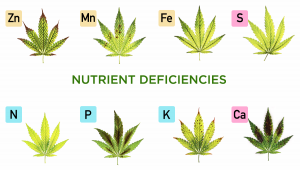
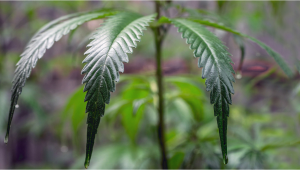
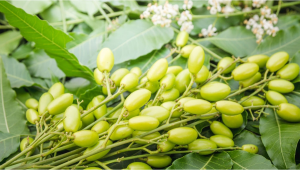
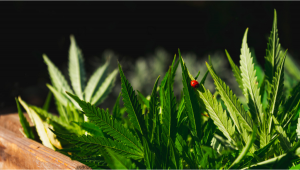


Comments